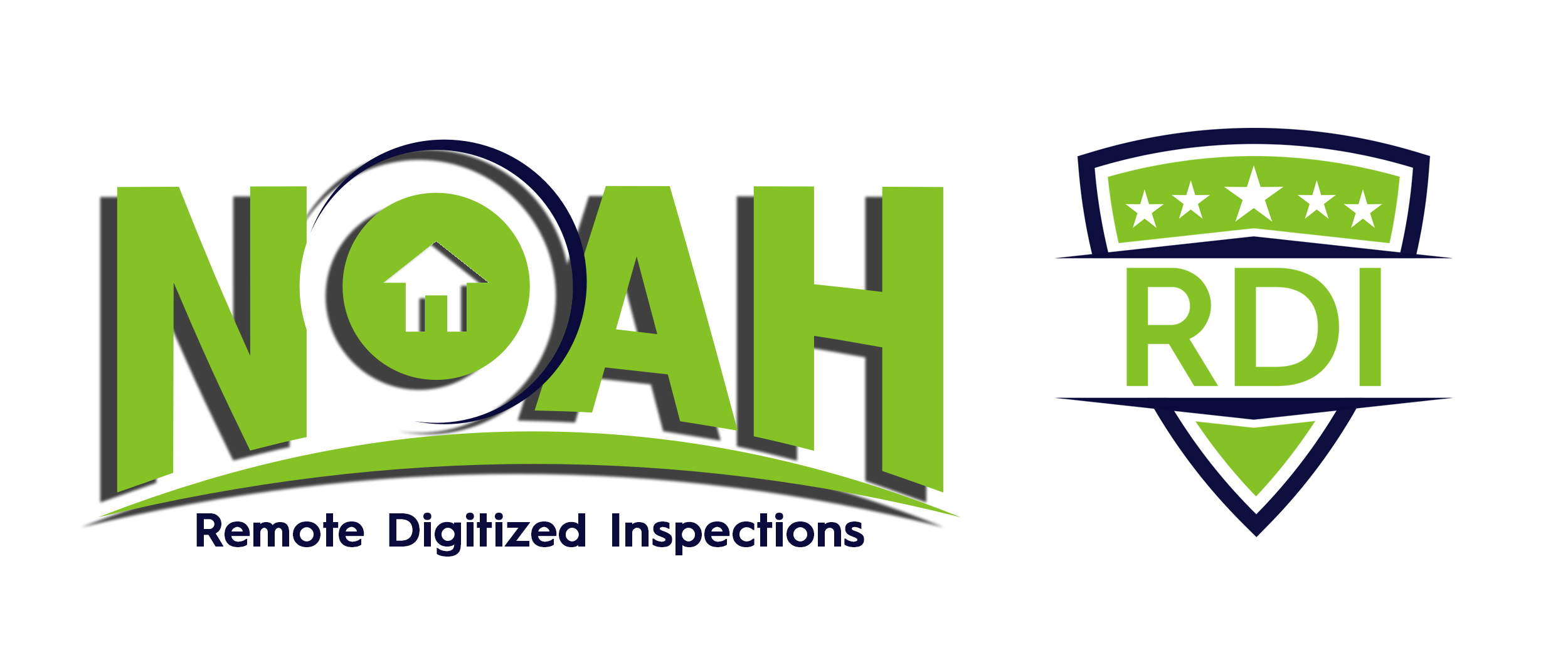06 Sep Solar Power for Tiny Homes
In an effort to minimize energy usage (and possession of material items), homeowners across the country are moving into tiny houses. Even though these houses are much smaller than the average home, they still need energy for lighting, heating, cooling, and other appliances. If you’re living in or planning to build a tiny house, you can cut your energy bills even further by generating your own clean, free electricity with solar panels.
Benefits of solar panels for tiny houses
The benefits you’ll reap from installing solar panels on a tiny house are similar to the benefits of installing on any other larger building: you’ll save money on electricity bills, help protect the environment, and take control of your own electricity generation. Solar panel systems will also help increase the value of your tiny house should you decide to sell it in the future – prospective house buyers will value of free, renewable energy, and typically pay more upfront for it.
Key questions for tiny house solar panel systems
The type of solar panel system you will need for your tiny home depends on the answers to a few key questions:
How much electricity do you want to generate?
In general, tiny houses use much less electricity than the average home. However, every tiny house is different, and how much electricity you use to power your tiny home will depend on its size, how many people live in it, and more. To maximize your savings, you’ll want to aim to generate as much of your overall electricity needs as possible. This may mean only installing five solar panels or installing 15 of them.
If you don’t know how much electricity your tiny house will use, the Department of Energy’s Appliance and Home Electronic Energy Use Calculator is a good place to start. You can enter individual appliances, along with how often you use them, to get an estimate of the amount of electricity they use per year.
Should you install a rooftop or ground-mounted system?
Before installing solar panels on the roof of any tiny house, you want to make sure the roof gets enough sunlight and the roof is structurally sound enough to hold up the solar panels and racking equipment. Depending on how your tiny house was built and what it was built with, the roof may not be strong enough to handle the extra weight. If this is the case, thin-film panels are worth exploring as many of them are very light compared to traditional solar panel alternatives. Some thin-film panels are even adhesive so that you don’t have to worry about the additional weight of racking materials.
Rather than installing rooftop systems, many tiny house owners choose to install solar panels on the sunny plot of land close to their house. These systems require additional racking and mounting equipment, but you’ll have more freedom to place your panels in an optimal direction and often have more space to install on. Regardless of whether the panels are on your roof or the ground, you’ll want to make sure your panels are tilted so that they capture the maximum amount of electricity.
Is your tiny house connected to the grid?
If your tiny house is connected to utility power lines, then the system and electrical setup will work in a similar fashion to standard residential rooftop systems. As you produce solar electricity during the day, it will support your electricity needs first before sending excess energy out to the grid. Many utility companies have a net metering incentive, which means they’ll provide credits for this excess generation. On a later date, you can use those credits, drawing electricity from the grid at night so that your tiny house doesn’t go dark.
Alternatively, if your tiny house is off-grid, you’ll need to pair your solar panels and inverter with a battery and charge controller – that way, you can charge your battery during the day and use that electricity after the sun goes down. If you’re using a battery, you’ll probably want to put it indoors: batteries are sensitive to temperature extremes and can degrade at a quicker rate if operating in hot or freezing weather.
Solar options for your tiny house
Even tiny houses with low electricity needs can benefit from solar power. If your tiny home uses only a little bit of electricity and you only need a few solar panels to meet your needs, it’s often most cost-effective to do a DIY solar panel installation. There are many companies that sell complete solar kits. Many sellers offer batteries as part of a solar kit if you’re looking to install an off-grid system. As with any type of electrical work, it’s a good idea to work on the project with an experienced electrician if possible.
A significant benefit of tiny houses is that they give you the freedom to move from one place to another with ease, for big life changes or nomadic living. Having solar energy makes movement easier since it eliminates the struggle of having to find a source of power. Another plus is being able to park in off-grid locations that don’t have electricity.
Keep in mind that solar only works if there’s sunlight. If you don’t live in an area with lots of sunlight or you’re a late night Netflix binge watcher, then solar might not be for you.
Consider moveable solar panels and a battery bank if you think you need more energy to meet your needs—and don’t forget to plan ahead! You can calculate approximately how many hours of sunlight are available in your region per day with this useful chart.
Lastly, be prepared to plan and manage your power to ensure your home meets the requirements for your individual lifestyle. After that, you’re ready to take your tiny, sustainable home to embark on an off grid adventure!

Sorry, the comment form is closed at this time.